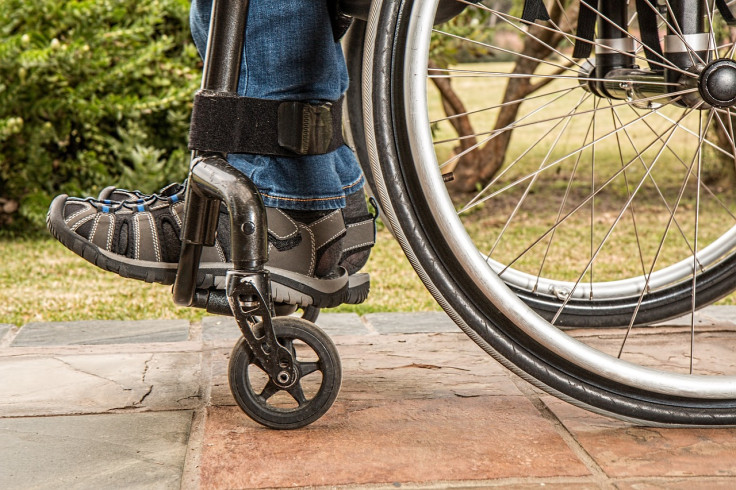World Cerebral Palsy Day: What Causes The Condition, Risk Factors

World Cerebral Palsy Day is celebrated every year on Oct. 6 to bring together millions of people across the world who suffer from lifelong disability and to ensure they enjoy the same rights, access and opportunities in society.
Cerebral palsy is a group of disorders that affects a person's mobility, balance and posture. On this World Cerebral Palsy Day, know the causes and risk factors of the complex condition that affects more than 18 million people worldwide.
What are the causes and risk factors?
Cerebral palsy occurs either due to abnormal development of the brain or damage to the brain. According to the Centers for Disease Control and Prevention (CDC), it is the most common motor disability of childhood, affecting one in 345 children.
When abnormal brain development or damage happens before or during birth, the condition is called congenital cerebral palsy. Many factors such as gene changes, traumatic head injury, maternal infections to syphilis, rubella, herpes and Zika virus, stroke, brain bleeds in the womb and lack of oxygen during birth can lead to changes in brain development.
Several factors can elevate the risk of congenital cerebral palsy:
- Low birth weight, premature birth and multiple births increase the likelihood.
- Maternal medical conditions such as thyroid disorders, intellectual disabilities and seizures can also be risk factors.
- The utilization of assisted reproductive treatments.
- Birth complications such as placental detachment, uterine rupture or problems with the umbilical cord may raise the risk.
Signs of cerebral palsy
A person with cerebral palsy may have difficulties with movement and coordination, including stiffness of muscles, lack of balance, unsteady walking and jerky movements. Some of the early signs of the condition include delay in achieving motor skills milestones, delayed speech, issues with sucking, chewing or eating, and intellectual and learning disabilities. Some of the neurological symptoms associated with the condition include seizures, difficulties in hearing, vision and sensations, bowel issues and behavioral issues.
Although some of the symptoms become evident as the child grows, they do not typically worsen with age.
Complications
Apart from mobility issues, people with cerebral palsy can develop complications such as heart disease, lung disease, pneumonia, breathing conditions and osteoarthritis. They may also have mental health issues such as depression, sleep conditions and chronic pain.
Published by Medicaldaily.com



























